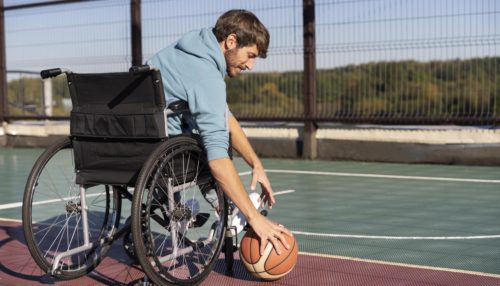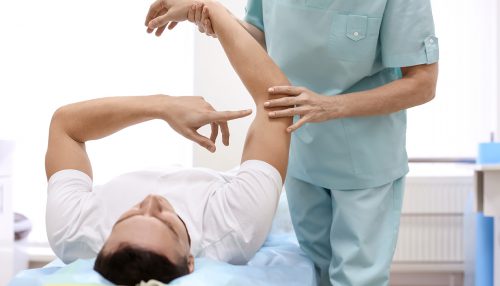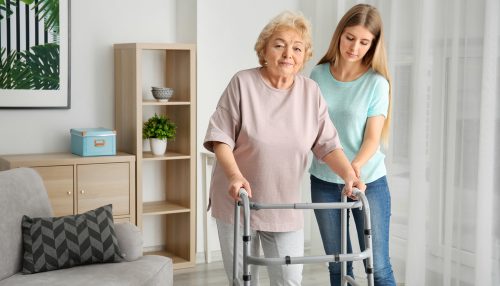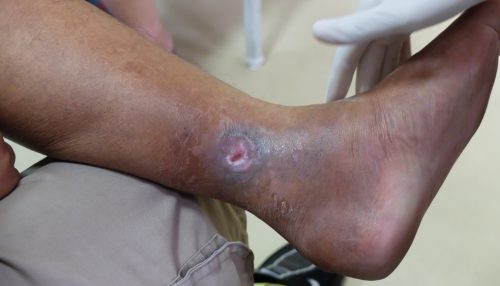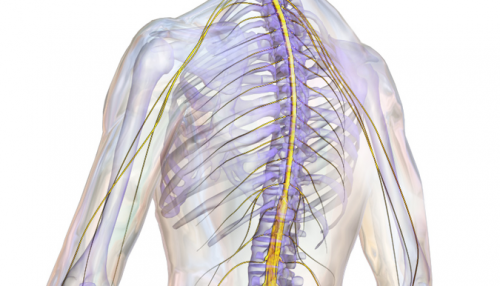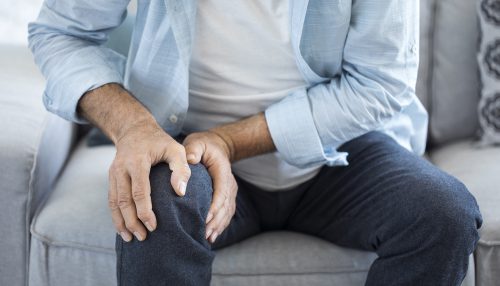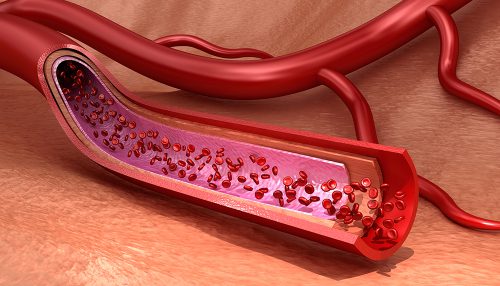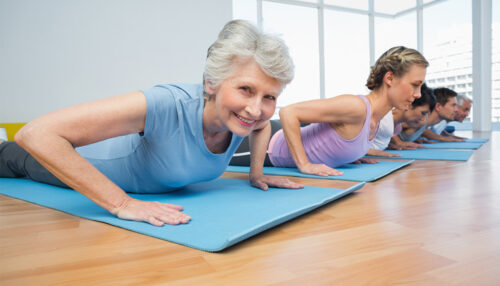
Vibrotherapy can be used successfully in the rehabilitation of elderly people to counteract sarcopenia and restore muscle strength, as well as by athletes during the recovery period. When applied regularly, it improves a person’s motor properties. In most scientific papers, researchers have used vibration at frequencies of 30 to 50 Hz, lasting less than 20 […]

